Color is in the eye of the beholder.
Red doesn’t exist in the apple - it lives in our mind. Light is absorbed by the surface it touches, and the wavelengths that bounce off are what our human brain perceives as color. When all the wavelengths are absorbed, we see black. When all the wavelengths are reflected, we see white.
The science of color was developed in a time of isolation, during a pandemic. In 1665, Isaac Newton was confined at home for over a year, while the Great Plague was sweeping Europe. To alleviate the boredom of quarantine, Newton punched holes in the curtains of his darkened room to study the effects of light passing through a prism. He discovered that light separated into the same progression of colors found in the natural rainbow.
Prior to that, the light spectrum was thought to have five colors. But Newton was fascinated by the mysticism associated with the number seven, which denoted perfection and completeness. So he added orange to the spectrum and split purple into indigo and violet. Since then, rainbows have seven colors. When in fact, there are no distinct colors in a rainbow – they all blend into one continuous spectrum.
Johann Wolfgang von Goethe challenged Newton’s views on color, arguing that color was not simply a scientific measurement, but a subjective experience different for each viewer.
We don’t all see the same way. The human eye can discern about one million different colors, but those who are color-blind experience about 1% of those colors (around 10,000 colors).
And there are colors we can’t detect. “Forbidden colors” are color pairs, such as red-green and yellow-blue. Their light frequencies automatically cancel each other out in the human eye, making them impossible for us to perceive simultaneously.
Some animals—including birds, reptiles, amphibians and fish – are also able to discern nonspectral colors such as ultraviolet, thanks to a fourth cone in their eyes (humans only have three). And butterflies are the most color sensitive creatures, with a total of fifteen photoreceptors.
“We do not see things as they are, but as we are,” as written in the Talmud (and later popularized by Anaïs Nin). Colors are a vivid reminder that what we perceive is never as objective as we believe. Each of us paints a unique picture of reality.
I invite you this month to explore a world of color through all of your senses – see, hear, smell, taste, touch, balance and envision.
In Joy,
Sabrina
PS: If you’re curious to learn more about our mind-bending reality, dive into “Discovering our Seven Senses.”
SEE
Light & Space | art by James Turrell
James Turrell’s art makes me cry. It’s hard to explain why standing in a colorful room would have such an effect. In many ways, nothing is happening in Turrell’s work.
As a Space and Light artist, Turrell creates work that engages the limits and wonder of human perception. Informed by his training in art, mathematics, and perceptual psychology, Turrell began experimenting with light as a medium in southern California in the mid-1960’s.
New Yorker critic Calvin Tompkins writes, “Turrell’s work is not about light, or a record of light; it is light — the physical presence of light made manifest in sensory form.”
My first Turrell experience was ‘Meeting.’ The permanent installation at MOMA PS1 consists of a small room where the roof has been cut out to reveal the sky. The concept is simple yet mesmerizing – every spectator becomes silently transfixed while gazing up at what they see everyday, the sky and its show of clouds.
A few years later, I saw “Breathing Light” at LACMA. The piece is part of Turrell’s Ganzfeld series – designed to entirely eliminate the viewer's depth perception. The installation consists of a large room completely bathed in colorful light. As the colors changed from pink to orange to blue, I felt tears flowing down my cheeks. All I was seeing were colors – yet iI felt profoundly moved by it.
My third Turrell felt like a spiritual experience. In 2017, I signed up for ‘Light Reignfall’. The work is part of the artist’s series of Perceptual Cells – freestanding enclosed structures that provide an immersive experience for one viewer at a time. It entails lying down in what resembles a small spaceship or an MRI machine. Once the lid is closed, a show of colors starts. The cell is designed to induce the state of mind that occurs in the early stages of meditation. Completely immersed in color, I quickly lost sight of the edges of the machine. It felt like defying gravity and floating in color and space.
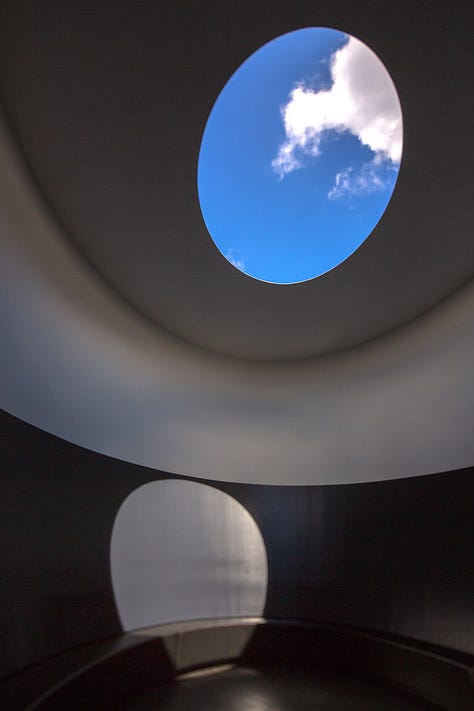
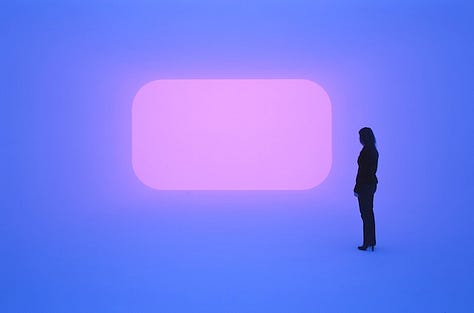
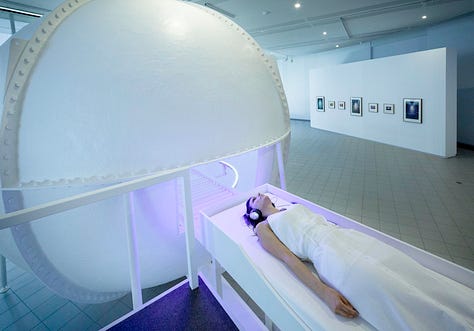
HEAR
Play a Kandinsky | sound of colors
Experience online
Synesthesia is a neurological condition in which stimulation of one sense (such as hearing) leads to an automatic sensory response in another sense (for example vision). A number of artists are born with synesthesia, including one of the pioneers of the abstract art movement: Vassily Kandinsky.
For Kandinsky, shapes and colors translated into sounds and harmonies. He was so inspired by what he called the “sound of colors,” that it drove him to abandon a law career to attend art school at the Munich Academy of Fine Arts in 1896.
As he wrote in his book “Concerning the Spiritual in Art”:
“Color is the keyboard, the eyes are the hammers, the soul is the piano with many strings. The artist is the hand that plays, touching one key or another purposively, to cause vibrations in the soul.”
We can now listen to a Kandinsky painting - or at least a simulation – thanks to “Sounds like Kandinsky,” an experience created by the Centre Pompidou and Google Arts & Culture. By analyzing Kandinsky's paintings and writings, they developed a technology that simulates the sounds that Kandinsky may have heard when painting his masterpiece “Yellow Red Blue” in 1925.
Learn about the emotionality of color and explore Kadinsky’s painting soundscape: https://artsandculture.google.com/experiment/sgF5ivv105ukhA
SMELL
Yesterday, Today and Tomorrow | flower
Brunfelsia latifolia, commonly known as “Yesterday, Today and Tomorrow,” is a shrub native to the Brazilian rainforest. The unusual name comes from its colorful and short blooming cycle.
The flowers blossom for only three days and during that course, they change their color every day. On their first blooming day they start out purple. On the second day, they turn into a pastel lavender or pink shade. And by the third day, their petals change to soft white. Since every day has its distinct color, it’s easy to distinguish each phase of the process (yesterday, today or tomorrow).
Though the flowers offer a colorful show, the plant is mainly grown for its sweet and fragrant scent. In fact, the Latin name Brunfelsia derives from “bonodora,” meaning ‘sweet-smelling’.
TASTE
Chromatic Diet | art by Sophie Calle
In the early 90’s, French artist and writer Sophie Calle challenged author Paul Auster to invent a fictional character based on her. The result was the character of Maria, featured in Auster’s subsequent book “Leviathan,” published in 1992.
In the novel, Auster incorporated some of Sophie Calle’s real life scenarios, including seven of her original artworks. He also invented other eccentricities, including “The Chromatic Diet” where the character of Maria cooked a different color-coordinated meal each day of the week.
Sophie Calle decided to recreate some of the fictional scenarios, which she published in the book “Double Jeu” (Double Game) in 1999. One of the artworks she included was “The Chromatic Diet.”
Calle documented seven monochromatic meals that she made and ate during the week of December 8-14, 1997. Beneath each photograph, she added a caption that identifies the day, color, and food items drawn from Auster’s novel with some additions to the menu by Calle.
As imposed by Auster, Maria/Sophie ate orange “carrots, cantaloupe, and boiled shrimp” on Monday. Displayed on Sophie’s dinner plate are six boiled prawns with tails facing outward atop a layer of pureed carrots. Moon shaped slivers of cantaloupe are lined up on the dessert plate. Calle added orange juice to complete Auster’s menu.
On the first page of “Double Game”, Sophie Calle and Paul Auster thank each other for “permission to mingle fact with fiction.” Just as Auster used Calle as inspiration for the fictive Maria, Calle uses Maria “to turn Auster’s novel into a game” about herself and her work. A perfect metta example of how everything is a remix.
TOUCH
“Touching El Prado” | tactile exhibit
Museum info (2016)
In 2016, The Prado Museum in Madrid made 3-D copies of some of the most renowned works in its collection — including paintings by Francisco Goya, Diego Velazquez and El Greco — so they could be touched.
In an effort to make art more accessible to the blind and visually impaired, the museum consulted Spain's national organization for the blind, ONCE, about which paintings could best be adapted for touch. Curators began by taking high-resolution photographs of each masterpiece, and then used special pigments to paint on top of it.
“Touching the Prado" is not the world's first 3-D art exhibit for the blind, but it was the first one to incorporate both color and texture. The paint used was designed to react to ultraviolet light and rise on the surface of the painting, adding volume and texture.
For those who are not vision-impaired, the museum provides opaque glasses — like blindfolds – so they could experience the exhibit guided by touch.
BALANCE
Jumbled Mantra | visual meditation by Kenshō studio
A new visual meditation as part of my Jumbled Mantra series. Explore this message:
Reality is a colorful illusion
Learning about color is glimpsing into the fluidity of reality. We often assume that what we experience are concrete objective facts. But our senses actually interpret stimuli and our brain creates meaning. The full scope of reality is inaccessible to us, and each of our experiences offers a unique perspective.
ENVISION
“Reflection of a Reflection” | sonic journey by
I’m excited to share a recent collaboration with
who created a sonic meditation for this month’s theme.‘Reflection of a Reflection’ is an hour-long atmospheric and ethereal sound journey. The track interprets the colors of a rainbow into musical elements into a rich and evocative color soundscape. Let yourself be transported into a full spectrum of light.
also created a shorter audio version, to which I edited visuals. You can watch our co-creation: here.

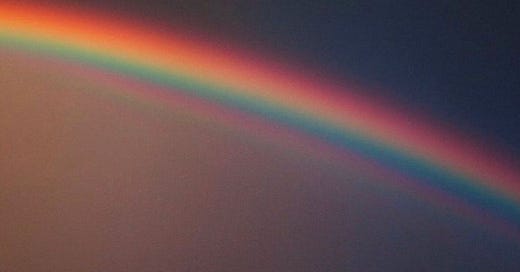


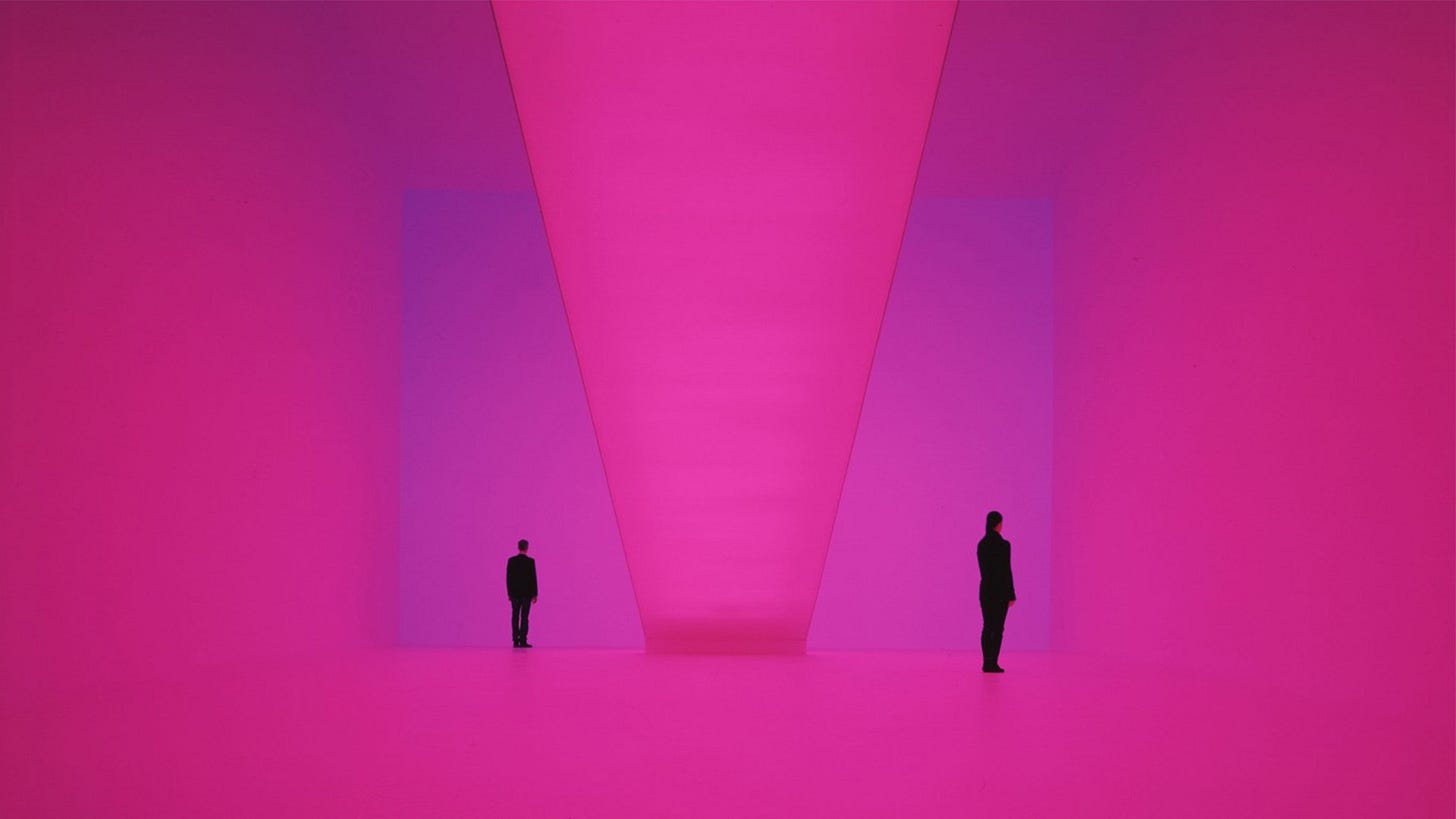
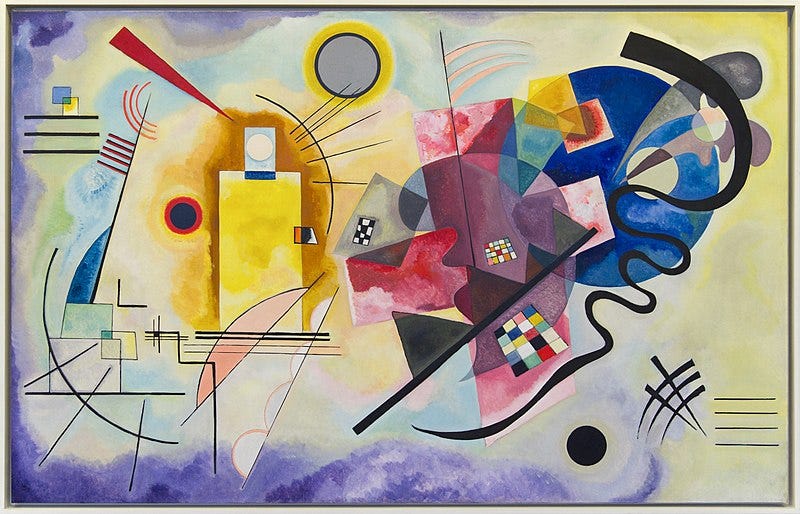
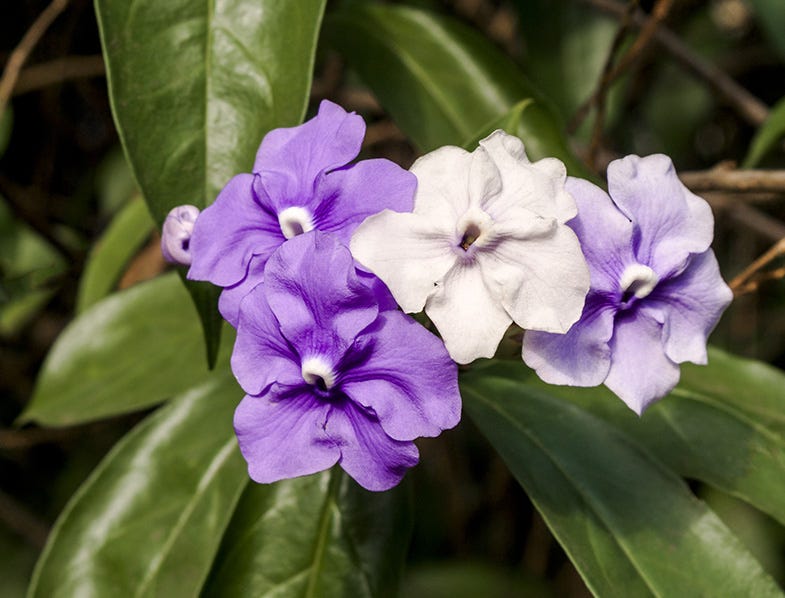


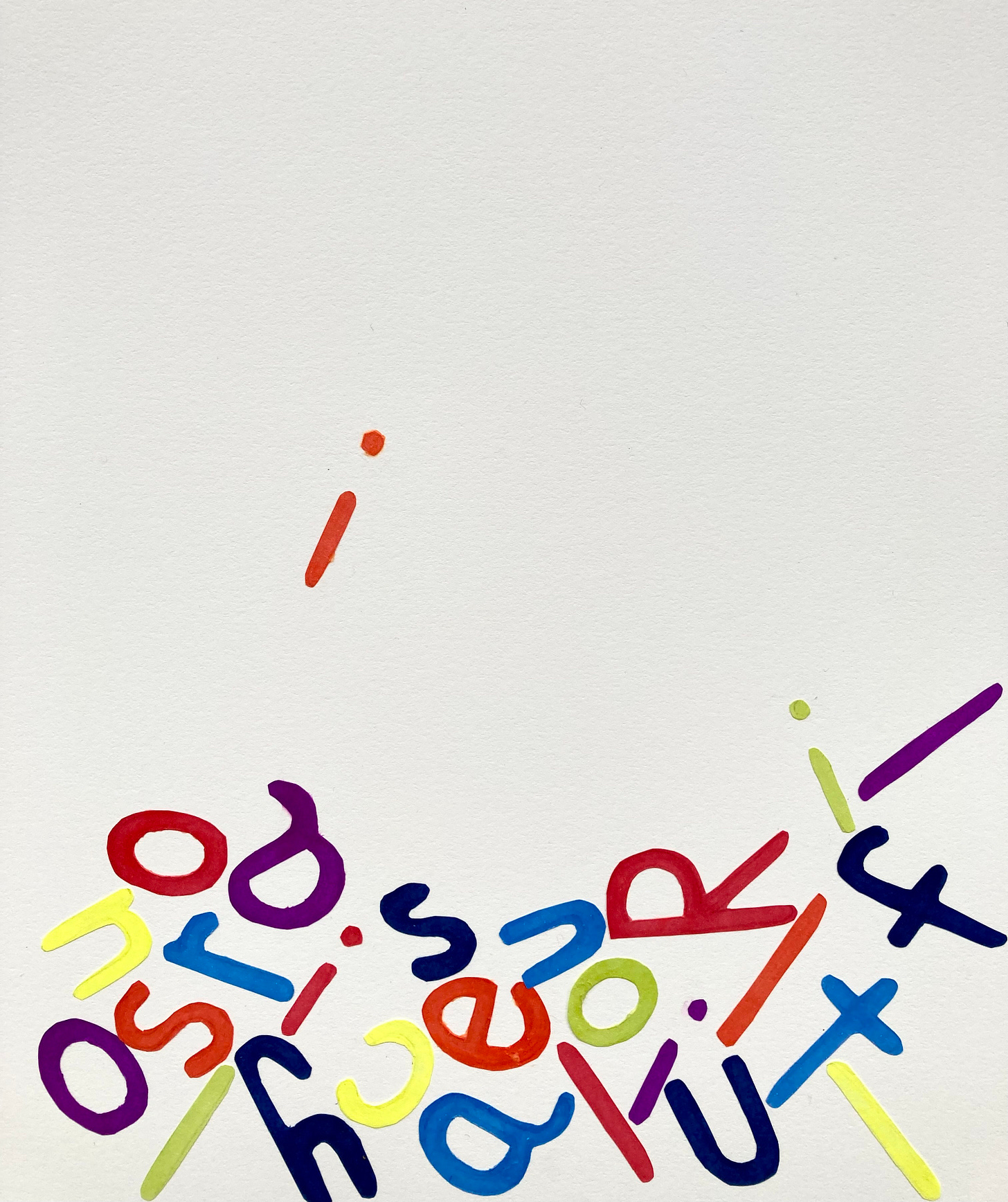

Share this post